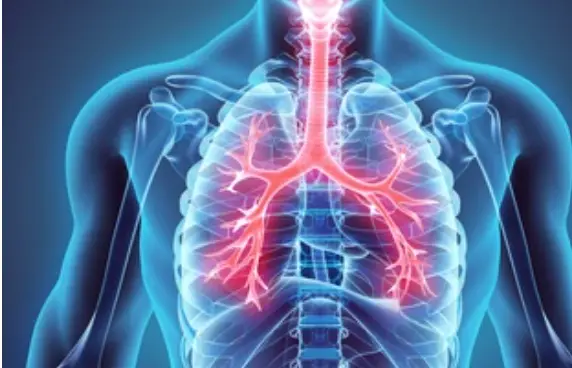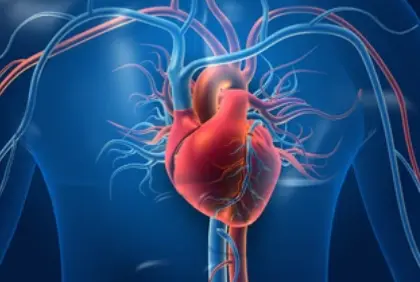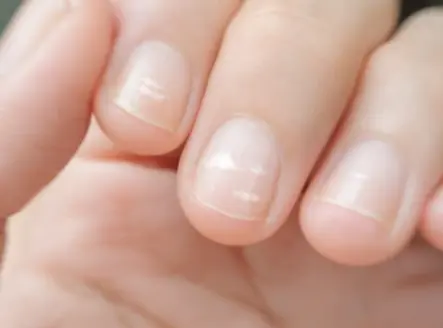 Welcome
Welcome
“May all be happy, may all be healed, may all be at peace and may no one ever suffer."
Wound debridement and suturing - Generics
Wound debridement is the removal of devitalized, contaminated, or foreign material from a wound to promote healing. This can include the removal of dead tissue, bacteria, dirt, or other debris that may be present in the wound. Debridement can be done using a variety of techniques, including sharp debridement with a scalpel or scissors, mechanical debridement with a scrub brush or irrigation, or enzymatic debridement using specialized agents.
Suturing, on the other hand, is the process of closing a wound with stitches or other materials to promote healing and prevent infection. Suturing may be necessary for wounds that are deep or gaping, or for wounds that are located in areas of high tension or movement.
In some cases, debridement and suturing may be done together as part of the wound closure process. After the wound has been debrided, the edges of the wound may be brought together and secured with sutures, staples, or other closure methods. This helps to promote healing, reduce scarring, and prevent infection.
It is important for wound debridement and suturing to be done by a qualified healthcare provider with appropriate training and experience. Improper wound closure or incomplete debridement can lead to complications such as infection, delayed healing, or scarring.

Lower Respiratory Tract I...

Epidural Intrathecal anes...

Atrial fibrillation and a...

Improve skin tone and tex...

Epilepsy

Benzodiazepine overdose

Dental anesthesia

Onychomycosis
Wound debridement and suturing, ক্ষত সংকুচিত এবং সাটারিং
To be happy, beautiful, healthy, wealthy, hale and long-lived stay with DM3S.